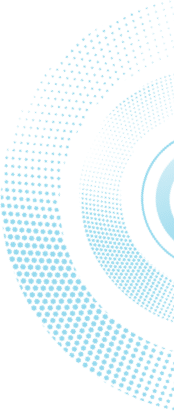Immunology and Cancer Research
|
|
|
|
|
|
|
|
|
|
|
|
|
|
|
|
|
|
|
|
|
|
|
|
|
Dr. Binyamin Knisbacher |


|
|
|
|
|
|
|
|
|
|
|
|
|
|
|
|
|
|
|
|
|
|
|
|
|
Dr. Binyamin Knisbacher |
Last Updated Date : 23/06/2023